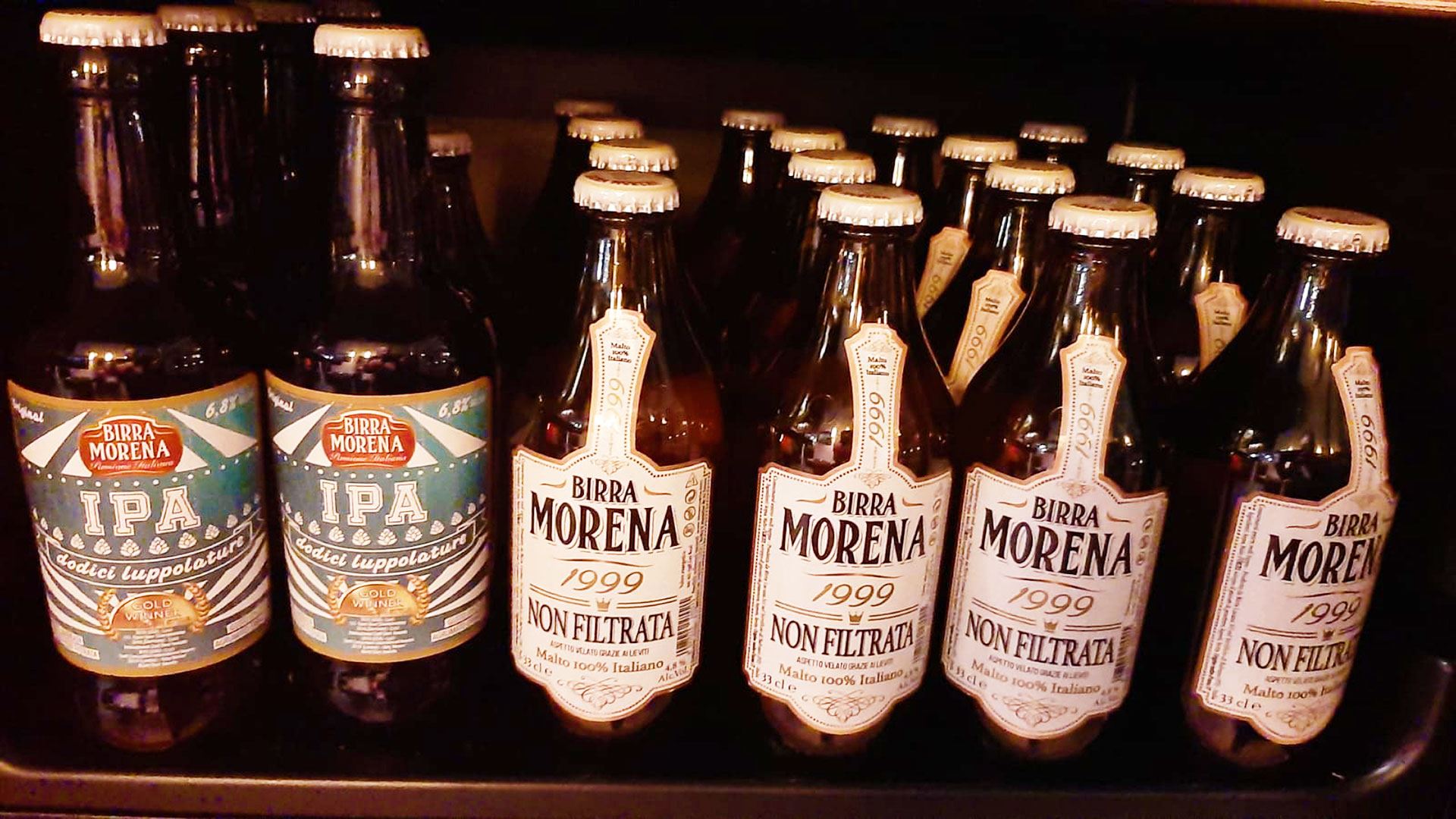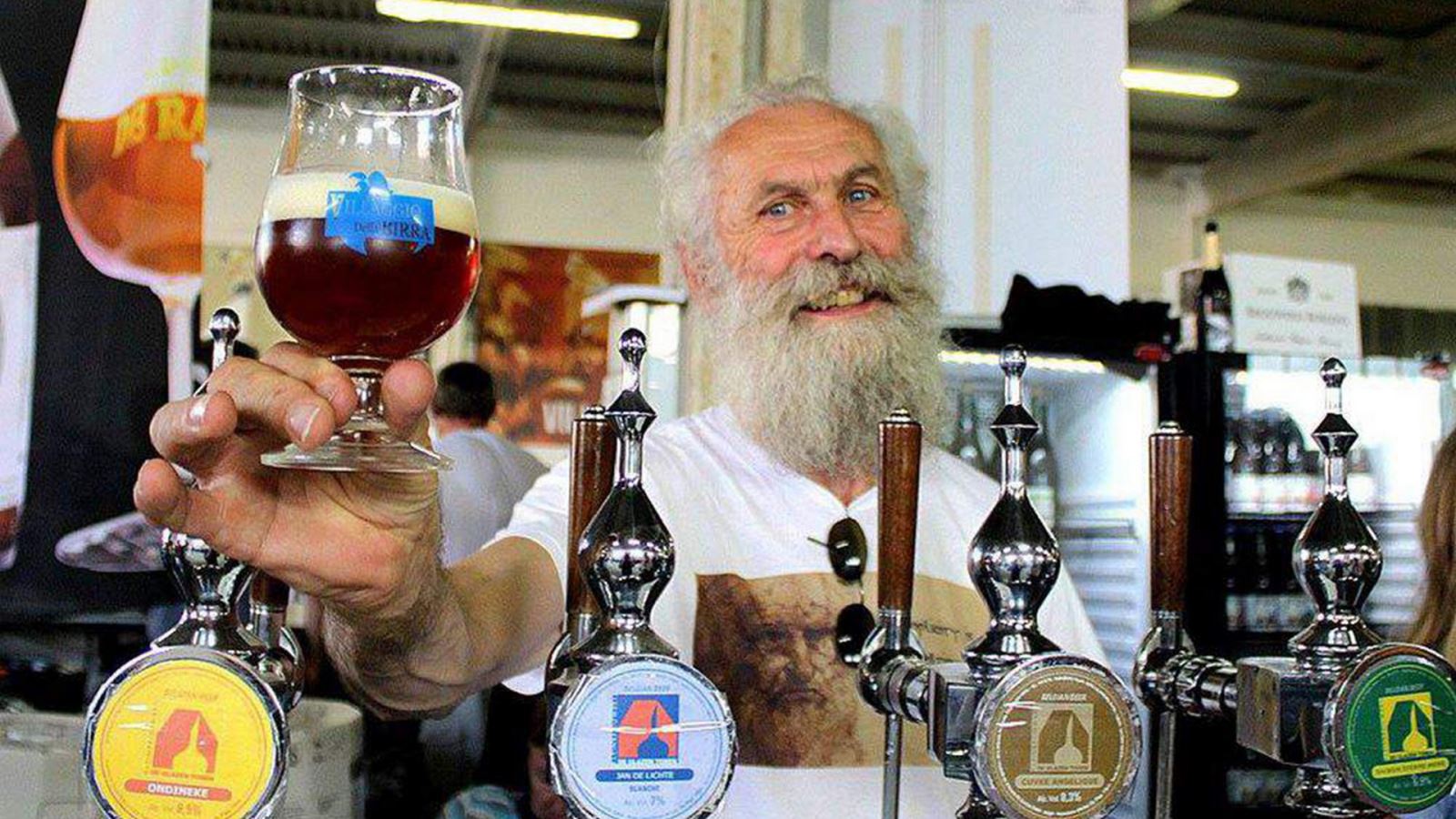Imagine you run a new brewery in the UK or US. Your first sale is probably going to be on tap in a pub. You’ve taken that tap from another beer, and when your first pint is sold, it’ll be at the expense of other beers on the bar.
Now imagine you’re a new Tuscan brewer instead. There’s a good chance your first sale will be to a restaurant, and that the customer has opted for it instead of a local wine. They’re probably going to be pairing it with the local cuisine rather than drinking it alone.
This alternative perspective affects everything a Tuscan brewer does, from the flavour and alcohol content of the beer to the way it’s packaged. That’s why the best Tuscan craft beers are not like other beers.
Ancient varieties of grain are used to make Tuscan beers. Photo: Villaggio della Birra
Initially inspired by America, with nods to famous traditions in the UK, Belgium, Germany and the Czech Republic, the only problem with the current global craft beer boom is that it’s starting to look a bit the same wherever you go. No matter where they are or what their background, it seems every aspiring brewer wants to create a US-style IPA, German Berliner Weisse or British golden ale. Italy – and Tuscany in particular – is a glorious exception to this trend.
Sure, hip breweries such as Chianti Brew Fighters offer style and substance with perfect examples of celebrated styles such as Irish porters or strong Belgian ales. But the entire identity of Italian food and drink is founded on celebrating local ingredients. Tuscan craft brewers recognise that they are part of this tradition.
Birrificio La Petrognola has a broad range that covers the obvious international bases but also brews an award-winning beer called Marron (6.5% ABV), featuring the celebrated local chestnuts.
The vast majority of beers use malted barley as their base, but in Tuscany a variety of ancient grains that have faded from use elsewhere are still cultivated. Farro (spelt) is a common feature in local cuisine. Added to beers such as Petrognola’s 100% Farro (4% ABV) or Birrificio Math’s Toscana Farro E Miele (6% ABV), it creates a soft, slightly spicy character that has a faint echo of Belgian wheat beer but stands on its own as a style unique to the region.
La Stecciaia takes the experiment further, with ales such as Senatrice (6.8% ABV) incorporating an ancient variety of durum wheat that adds spice and a Champagne-like spritz to a Belgian-style golden ale, and others featuring grains such as oats and emmer wheat.
These beers complement wine rather than directly competing with it, offering an alternative, matched to local cuisines. At restaurants such as Papposileno you can compare how a beer – for example Amiata’s Bastarda Rossa (6.5% ABV), a blonde chestnut ale – brings out nuances in the pappardelle with beef that are different from the contrasts offered by a juicy Chianti.
For too long, beer has been seen as separate from the rest of the culinary world; an outsider, not quite good enough to be taken seriously. Perhaps it was always going to be beer’s arrival in wine country that saw it finally take the place it deserves at the table.

-

- Recently viewed














